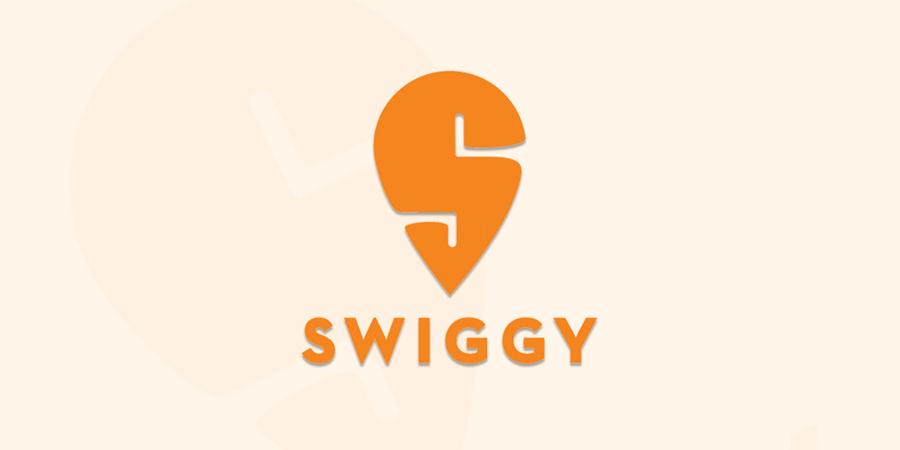After witnessing a 27% dip in its scale during FY21, India’s largest privately valued food and grocery delivery firm Swiggy has made a comeback in FY22 as the firm’s revenue grew over two-fold. However, the growth has come at a cost and Swiggy’s losses more than kept pace with the growth in scale.
While we delve deep into its expenditure and loss pattern in the second part of the story, first let’s focus on the company’s revenue side.
Swiggy’s revenue from operations (gross revenue) spiked 2.2X to Rs 5,705 crore during the fiscal year ending March 2022 as opposed to Rs 2,547 crore in FY21, according to its annual financial statement with the Registrar of Companies (RoC).
Swiggy primarily generates revenue by providing online platform services to partner merchants (including restaurant and grocery merchants and delivery partners), advertisement services, sale of food and traded goods, subscriptions, and other platform services. Collection from rendering platform services grew 83.3% to Rs 3,444 crore during FY22 from Rs 1,879 crore in FY21. Unlike FY21, it has not given revenue breakup from services in the last fiscal.
Sales of grocery and FMCG products turned out to be the second largest revenue generator during the last fiscal and collections from the same shot up 3.9X to Rs 2,036 crore in FY22 from Rs 517 crore in FY21.
Besides being an online ordering platform, Swiggy also operates its own network of cloud kitchen labels including The Bowl Company, Goodness Kitchen, Breakfast Express, and Homely. The sale of food from these brands remained flat at Rs 88 crore during FY22. Significantly, the firm had downscaled its cloud kitchen business in the past two fiscal years.
Swiggy also earned Rs 415 crore as other non-operating income (interest income) which took its total revenue to Rs 6,120 crore in FY22.
On the expense side, outsourcing support cost accounted for 24.5% of the total expenses and this cost surged 2.3X to Rs 2,350 crore in FY22 from Rs 1,031 crore in FY21. The spike in this cost could be attributed to the employment of outsourced labor for deliveries and establishing of procurement centers (dark stores).
Swiggy has been ramping up its grocery play: Swiggy’s Instamart competing fiercely against Zepto and BlinkIt. As a result, the cost of product procurement shot up 4X to Rs 2,268 crore in FY22 from Rs 570 crore in FY21. Meanwhile, its advertising and promotional expenses blew 4X to hit Rs 1,848.7 crore during the last fiscal year (FY22).
Spends on employee benefits and communication – technology costs spiked 57.4% and 49.3% respectively to Rs 1,708 crore and Rs 330 crore in FY22. Importantly, the employee benefit expense also includes a share-based payment of Rs 513.4 crore in FY22.
Swiggy also incurred Rs 156.4 crore on order cancellation losses which took the company’s total expenditure up by 2.3X to Rs 9,574 crore in FY22 as compared to Rs 4,139 crore in FY21. For context, Swiggy introduced an industry-first Moonlighting policy for its employees in August soon after the announcement of the permanent work-from-anywhere policy.
Since its expenses outpaced its operating scale, Swiggy’s annual losses grew at a similar pace (2.2X) to Rs 3,629 crore in FY22 against Rs 1,617 crore in the preceding fiscal year. Cash outflows from operations stood at Rs 3,900 crore during the last fiscal year.
Coming to ratios, the EBITDA margin of the company depressed by 918 BPS to -52.88% in FY22. On a unit level, Swiggy spent Rs 1.68 to earn a rupee of operating revenue during the same period. Moreover, its outstanding losses stood at Rs 22,880 crore.
During the last quarter of FY22, Swiggy turned decacorn after raising a $700 million round led by Invesco. Lately, the company is planning to launch a co-branded credit card that could be used for payments across Swiggy’s platforms including Instamart, Genie, and DineOut.
As one of the startups that are effectively economy wide bets, Swiggy has the added advantage of being privately held, unlike its key competitor, Zomato. That advantage is twofold, in that it allows it to consider strategic moves and their outcomes without the glare of media attention. Secondly, as Zomato itself seeks profitability and growth options in the full glare of market attention and pressure, Swiggy gets an opportunity to pick and choose where it follows its competitor’s moves. In a market where the history of both these firms has been to act first and then evaluate impact, that’s a very useful advantage for Swiggy now. Of course, one aspect where it will face the pressure to follow Zomato is to go public, and its fortunes are somewhat tied to the rise and fall of Zomato’s own stock price. And that is where the market has clearly plumped for profitability over growth, as seen in the floundering Zomato stock.
Source @Entrackr



